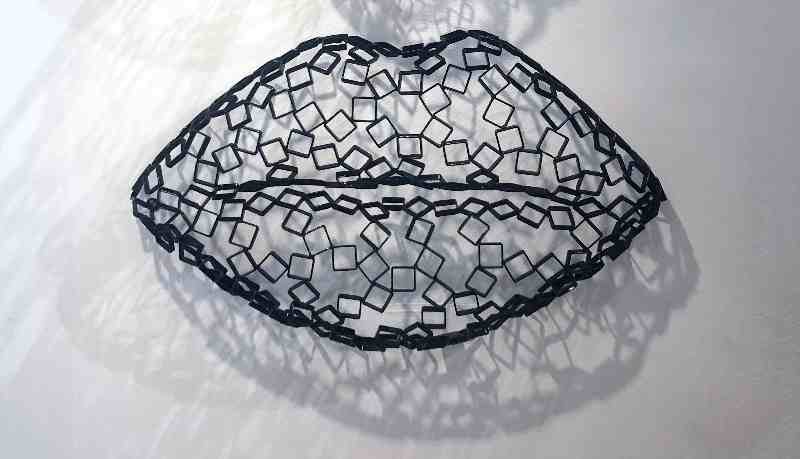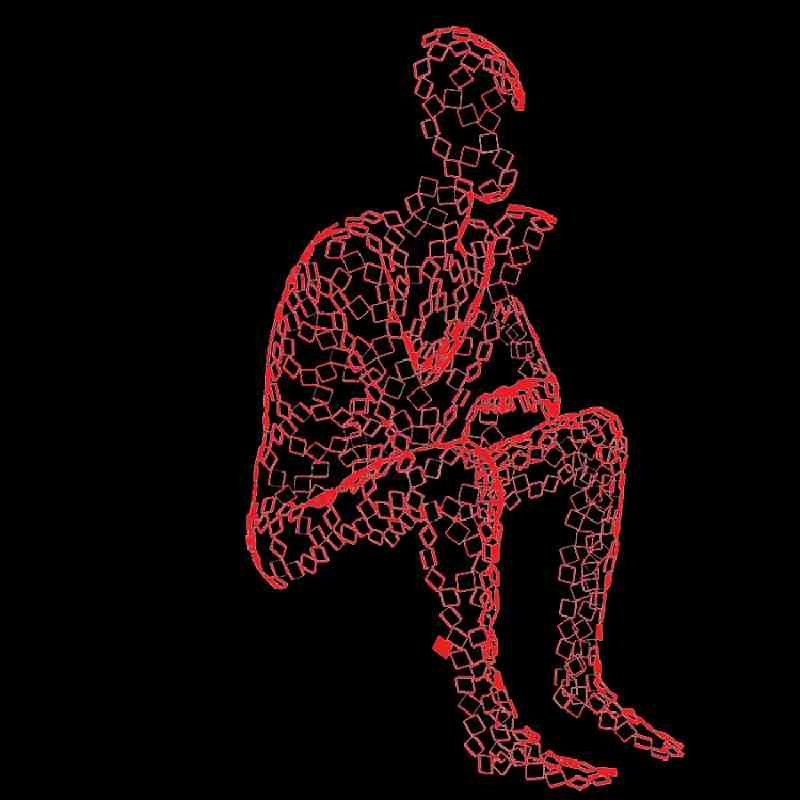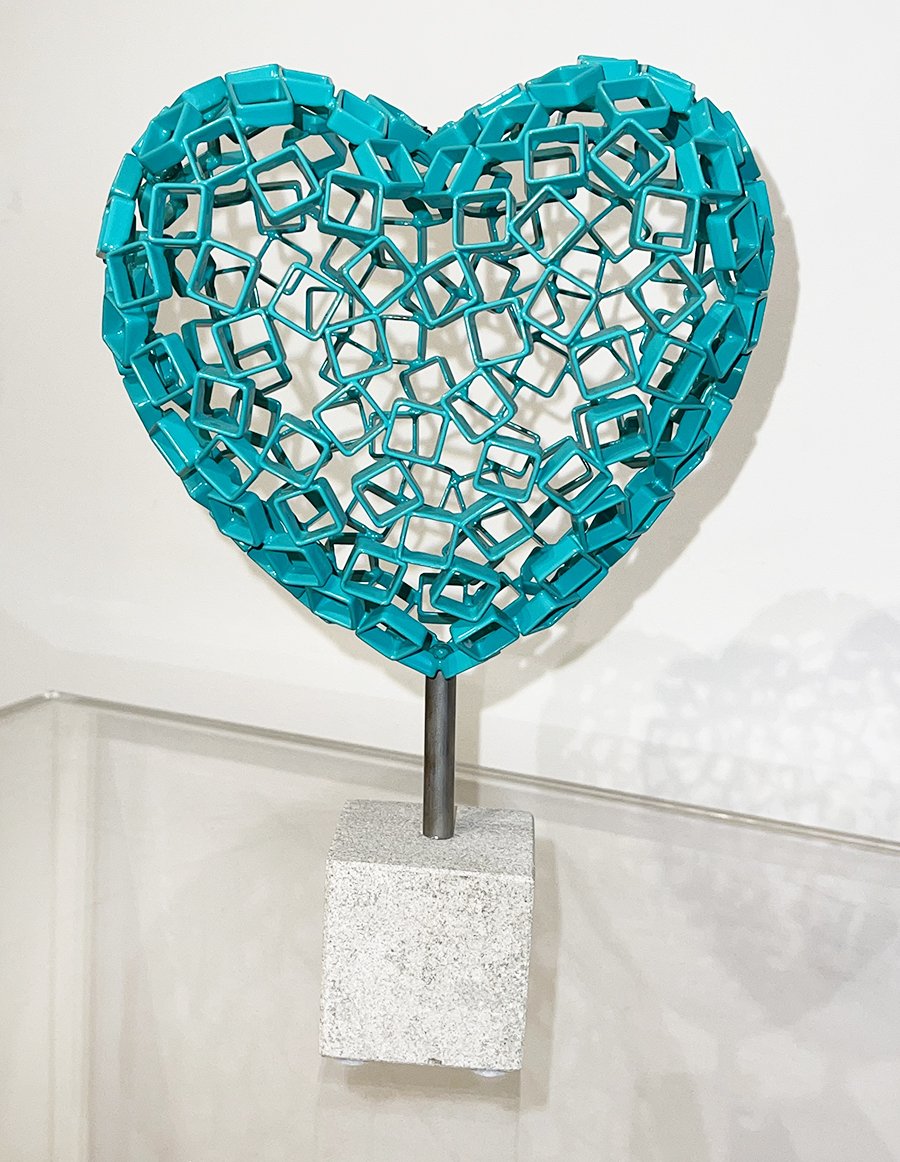RAINER LAGEMANN
Rainer Lagemann is a notable sculptor, born in Düsseldorf, Germany in 1959. He received his formal education at the FH Lippe University in Detmold, Germany, specializing in Design and Architecture. In 1988, Rainer moved to the San Francisco Bay Area to open his first retail store committed to selecting and importing the finest of modern European furniture. His work with European manufacturers and artisans resulted in developing a successful retail gallery with a dedicated clientele of modern design connoisseurs. In 2007 he sold his share of the business to concentrate on his lifelong passion: sculpture.
About Rainer Lagemann
Rainer is fascinated by the human body, the classic theme of artistic expression and struggle, depicted in all shapes, materials and mediums since the existence of mankind.
Rainer’s sculpture captures the human body in motion--a freeze frame of classic, timeless gestures and emotions. The sculptures are both ethereal and concrete. The forms he creates are how one imagines a Nureyev or Baryshnikov would look in mid-flight.
Rainer uses hollow metal squares to sculpt the human form, creating works that elicit both the strength and delicacy of the body. Each square represents the trials and tribulations of life. The four corners are the intellectual, emotional, physical and spiritual dimension of human being. They are the framework of the spirit and the image of the body. The hollow squares strip away distractions, leaving a powerful vision and exploration of the human body, adding an element of mystery and abstraction.
This technique adds a spiritual dimension to the human shapes and forms and gives Rainer’s sculptures a universal quality. With all of Rainer's sculptures there is a secondary layer of beauty, abstraction and mystery. When darkness falls and the lights come on, the exquisite shadows of form, squares, body and spirit cast themselves upon the walls creating a second sculpture of light and shadow.
Rainer has participated in countless exhibitions all over the USA. His works are permanently installed at the Kreeger Museum, Washington, DC; the Bakers Museum in Naples, Florida; Harvard University iLab, Cambridge, MA and most recently the Mandarin Oriental in Miami, FL.


























